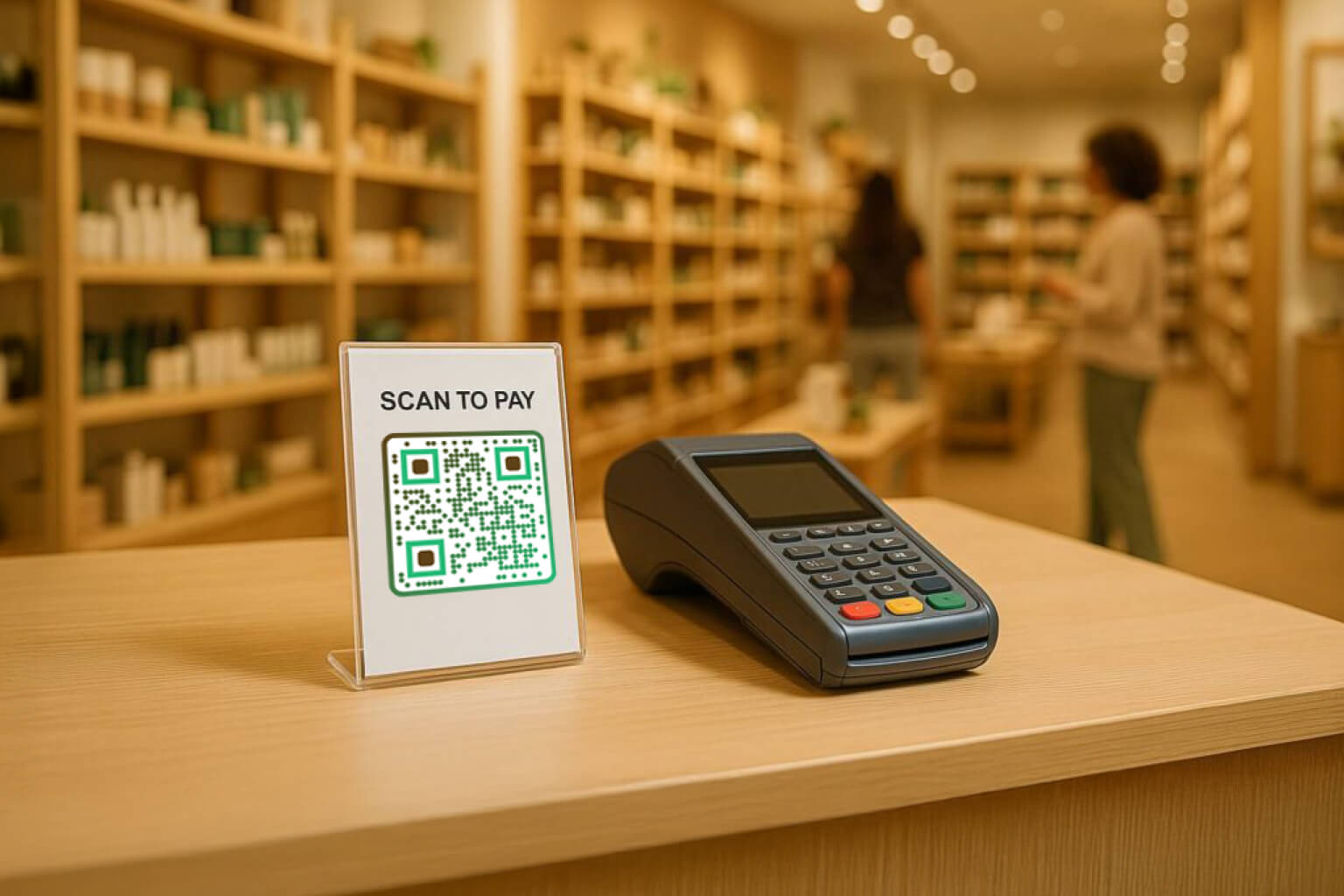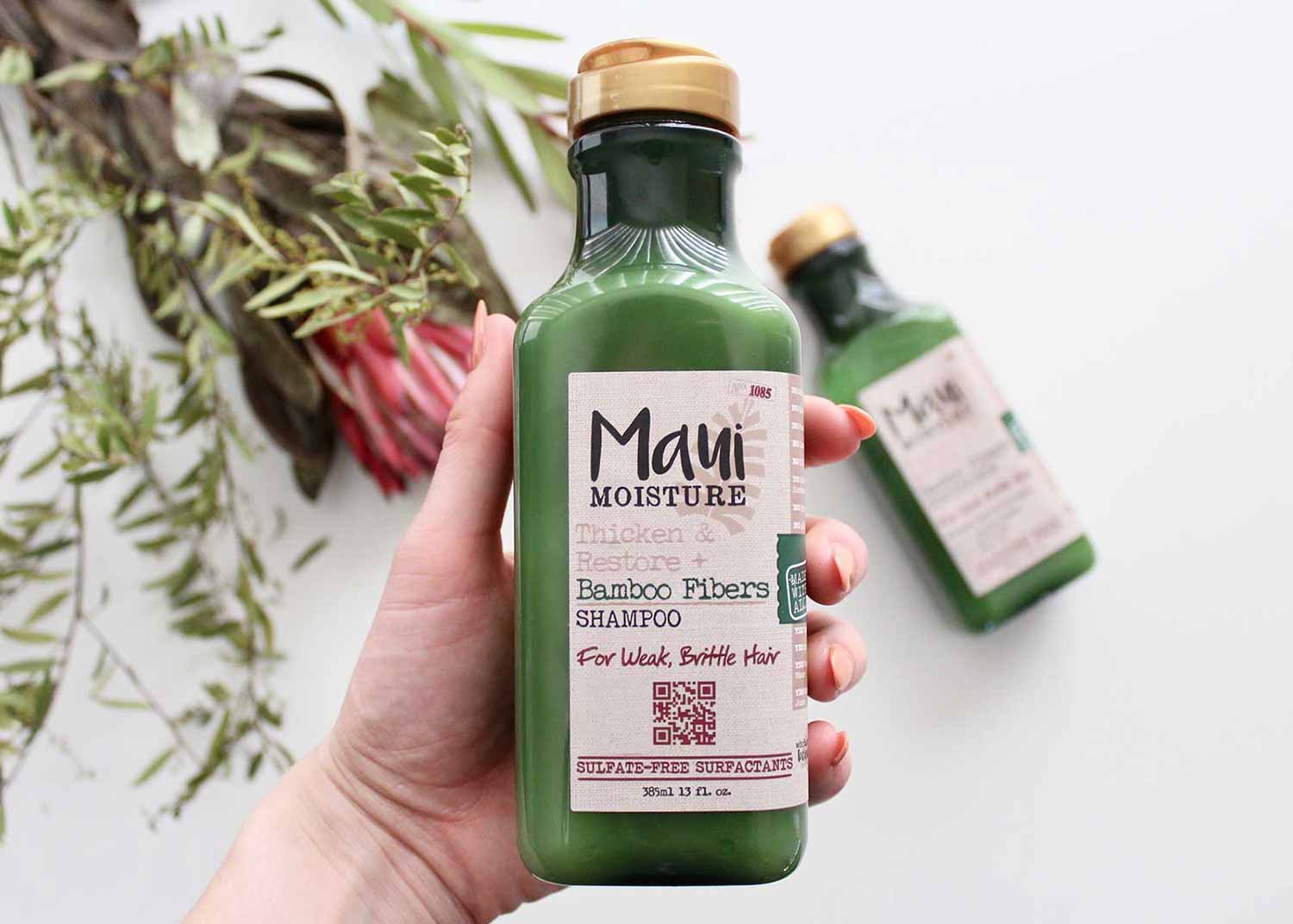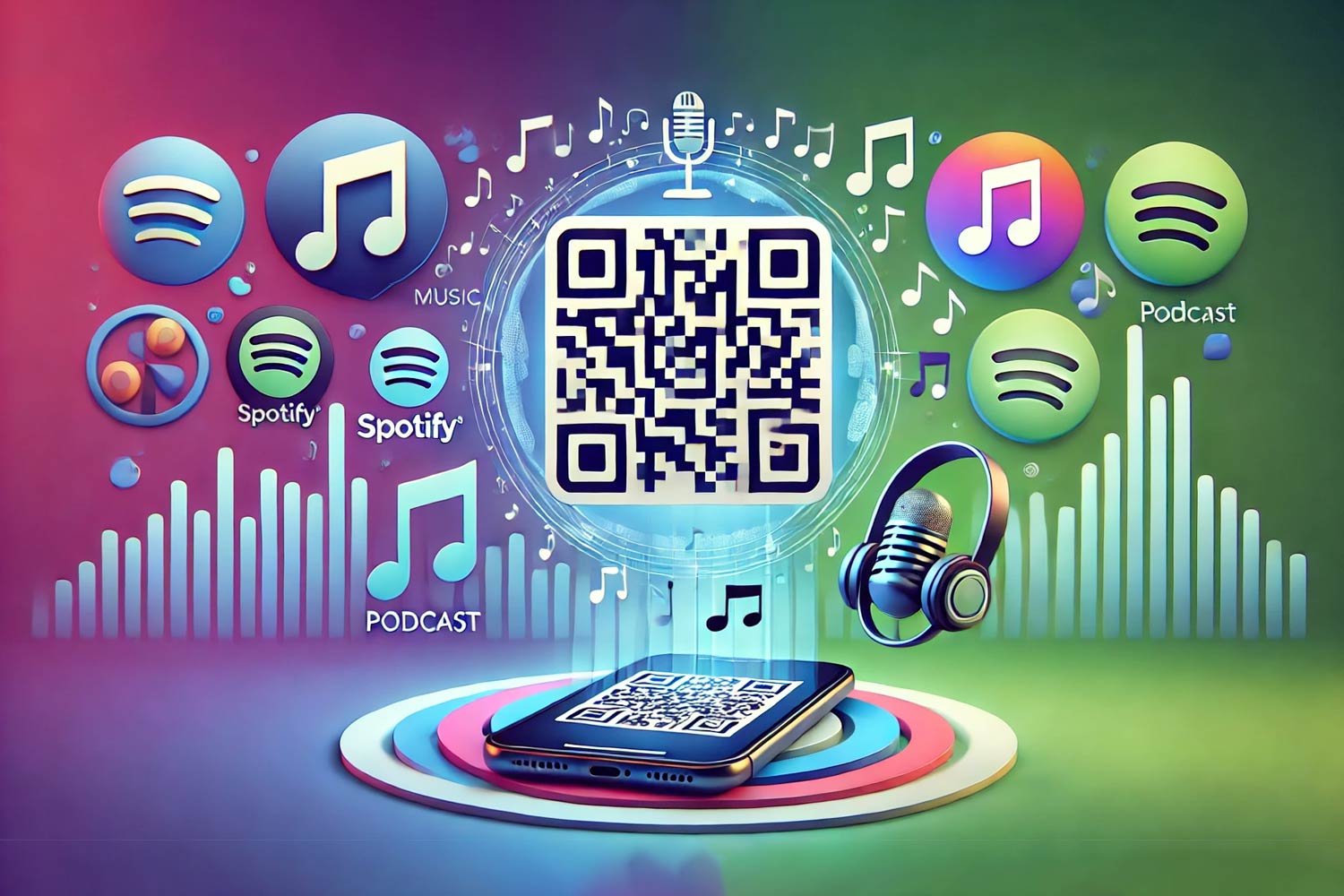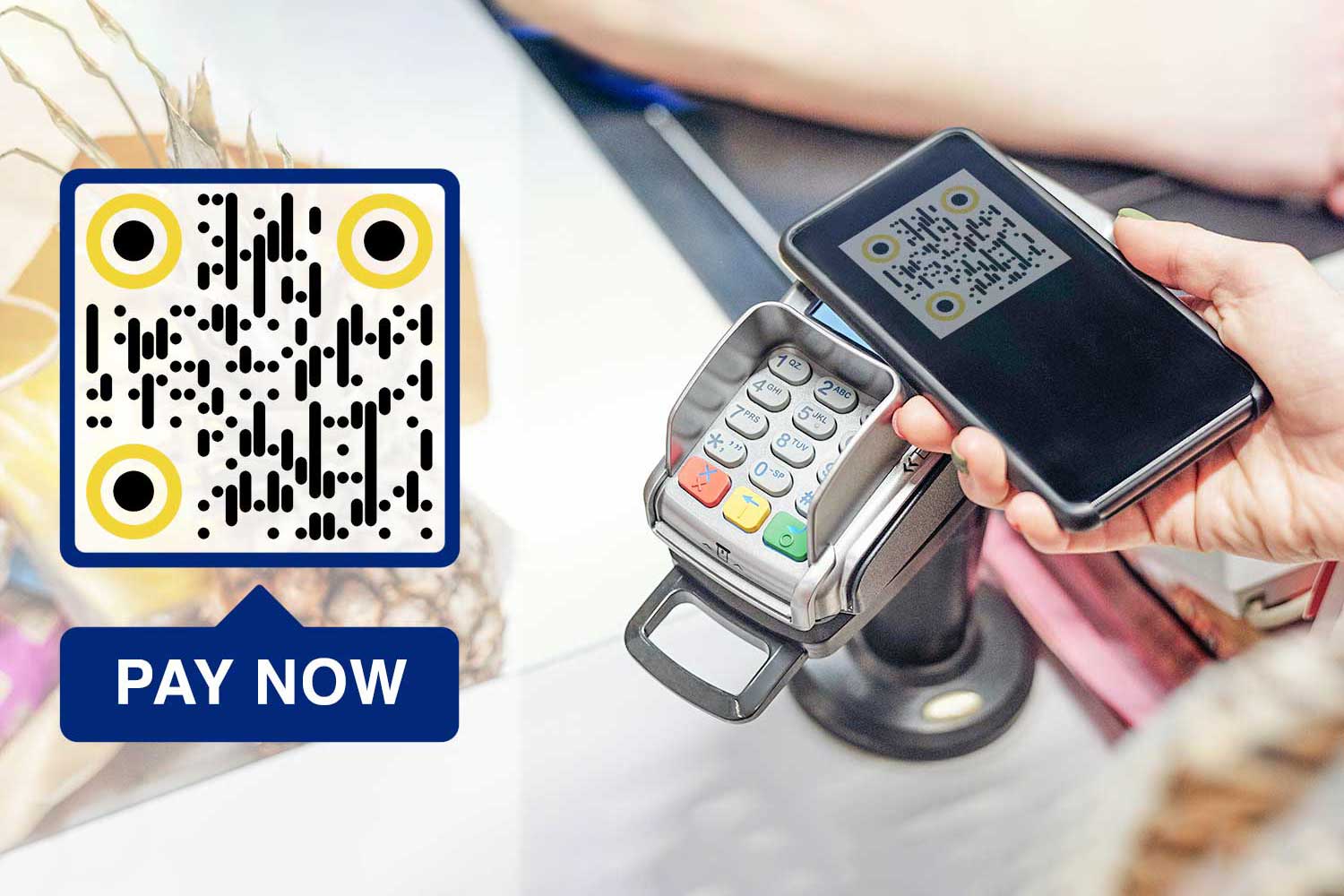QR codes are transforming retail by connecting physical stores to digital experiences. Proper placement can increase customer engagement, boost sales, and streamline shopping. Here’s where to put QR codes for the best results:
- Storefronts: Place QR codes on entrance doors or windows to share promotions, hours, or event details – even when the store is closed. Use large, branded codes with clear calls to action like "Scan for Deals."
- Product Packaging: Add QR codes to front panels for promotions and back panels for detailed product info. Hidden spots like inside flaps can offer tutorials or loyalty rewards post-purchase.
- In-Store Displays: Use QR codes on posters, shelf talkers, or digital screens to link to product videos, reviews, or exclusive offers.
- Checkout Areas: Simplify payments with QR codes for contactless transactions or digital receipts. Encourage loyalty program sign-ups with easy-to-scan codes.
- Events and Campaigns: Use QR codes for event check-ins, personalized offers, or gamified experiences like scavenger hunts.
Tips for Success:
- Make QR codes large, visible, and easy to scan.
- Use branded designs with clear instructions like "Scan to Learn More."
- Test codes in different lighting and with various devices.
- Use dynamic QR codes to update content without reprinting.
Pro Tip: Real-time analytics can track scans and help refine strategies. Use tools like Pageloot to create, customize, and manage QR codes effectively.
How To Use QR Code On Packaging And Labels
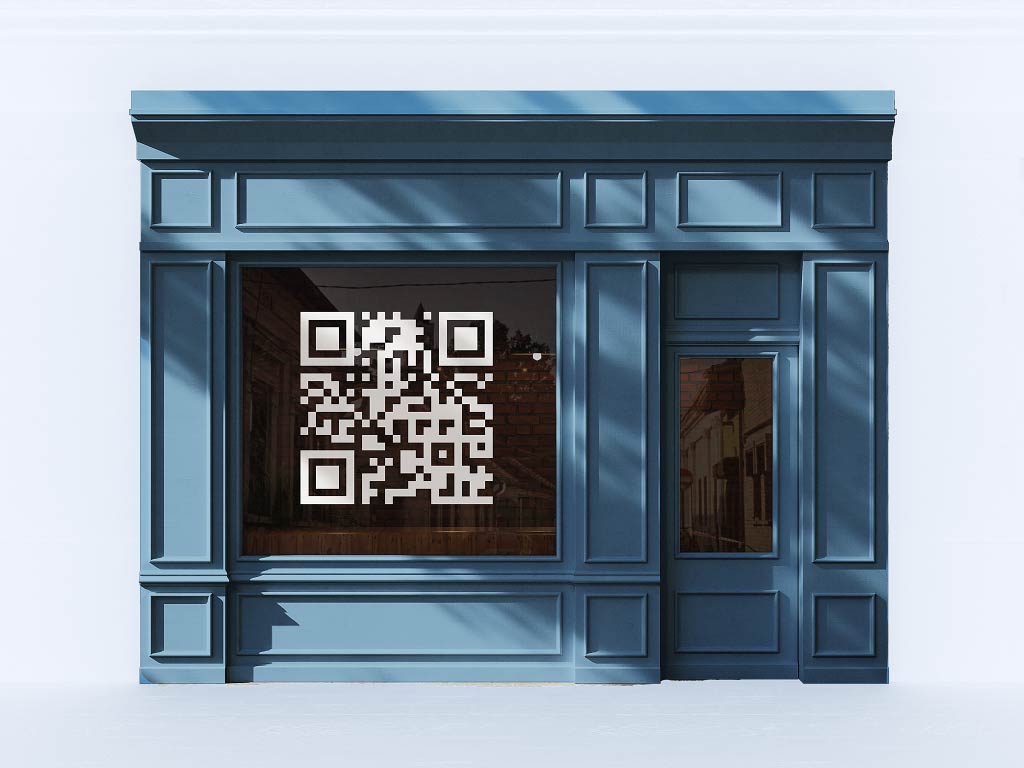
Entrance and storefront areas
The entrance and storefront windows of your store are prime spots for QR codes. These areas naturally draw attention, giving you the chance to turn everyday touchpoints into engaging digital experiences.
"Placing QR codes on shopping windows can help any business boost revenue by increasing sales opportunities before a customer enters the store." – qrcode-tiger.com
In 2022, more than 25 million QR code scans in the U.S., combined with widespread smartphone use, showed just how effective this approach can be.
Here are some practical ways to make the most of QR codes at your store’s entrance.
Main entrances and glass windows
Position QR codes at eye level on entrance doors or windows to make scanning as easy as possible. Choosing well-lit areas ensures that customers can interact with the codes without any hassle.
Storefront QR codes can share promotions, store hours, or event details – even when your store is closed – keeping customers informed and engaged.
Size and visibility are key. Your QR code should be large enough for customers to scan comfortably from a reasonable distance. A code that’s too small might frustrate people by forcing them to get too close.
Always pair your QR code with a clear call-to-action. Let customers know what they’ll get by scanning, such as "Scan for today’s deals", "View our store hours", or "Discover new arrivals".
To make your QR codes more engaging, incorporate your brand’s colors and logo. Branded QR codes not only reinforce your identity but also encourage interaction. Studies show that QR codes designed with brand elements are up to 80% more effective than plain black-and-white ones. Adding your branding can boost scan rates by over 48% while building trust with potential customers.
Lighting is another important factor. Make sure your QR code is placed where natural or artificial light keeps it well-illuminated throughout the day. Poor lighting can make scanning difficult and might cause customers to overlook it entirely.
Before finalizing placement, test your QR code by scanning it from different angles and distances to ensure it’s easy to use.
Once your storefront strategy is set, you can focus on how in-store displays and product placement further enhance your digital connection with customers.
Product packaging and labels
 Product packaging does more than just protect a product – it’s a way to create a lasting connection with customers. When it comes to QR codes, their placement on packaging plays a key role in how often they get scanned. Retailers can use Pageloot’s tools to design QR codes that not only match their branding but also align with their marketing goals.
Product packaging does more than just protect a product – it’s a way to create a lasting connection with customers. When it comes to QR codes, their placement on packaging plays a key role in how often they get scanned. Retailers can use Pageloot’s tools to design QR codes that not only match their branding but also align with their marketing goals.
With 87% of shoppers using smartphones to look up products while in-store, adding QR codes to packaging takes advantage of this behavior. The trick is to place them where they feel natural and are easy to access while also supporting your business objectives. Let’s explore the best spots to position these codes for maximum impact.
Front and back panels
The front panel is prime real estate for QR codes. It’s the first thing customers see, making it perfect for promotions or loyalty programs. To avoid interfering with the overall design, place the code in a corner or along the bottom edge.
The back panel, on the other hand, is where customers expect to find detailed product information. This makes it an ideal spot for regulatory details, ingredient lists, or sustainability information. It’s also a great location for PDF QR codes that link to in-depth guides, care instructions, or certificates of authenticity.
"Tangle Teezer uses QR codes on their packaging to prove products are genuine and to protect against counterfeits. They specify that all products come from the UK and that the packaging uses correct grammar, helping customers avoid disappointment from counterfeit products".
Think about how and when the codes will be scanned. Front panel codes are often used in-store during the decision-making process, while back panel codes are more likely scanned after purchase to access additional details.
Inside flaps or under lids
Hidden QR codes are a clever way to keep customers engaged after the sale. These spots are perfect for offering tutorials, customer surveys, or exclusive content that adds value. Since customers are already interacting with the product, they’re more likely to take the time to explore longer content, like video tutorials or detailed care instructions.
These post-purchase QR codes can also encourage repeat business. For example, they can link to subscription services, complementary products, or loyalty program sign-ups. With nine out of 10 consumers relying on reviews when making decisions, this is also a great opportunity to request feedback or provide extra support.
Hang tags or wraps for apparel and gift items
Removable elements like hang tags or wraps open up even more possibilities for QR code placement. These options are especially useful for clothing, gift boxes, or seasonal items. For apparel, hang tag QR codes can link to styling guides, size charts, or care instructions. Many fashion brands use them to show how a piece can be styled or to provide fabric details that might not fit on a small label.
Gift items, on the other hand, can use QR codes to elevate the unboxing experience. For instance, they can link to personalized messages, product stories, or exclusive content that makes the gift feel even more special. Hang tags also help extend your brand’s presence beyond the initial purchase, offering ongoing value through warranty information or product registration. Check out products with QR codes for more ideas.
No matter where you place your QR codes, a few things are non-negotiable. Always ensure high contrast – a dark QR code on a light background is the easiest to scan. And don’t skip testing: scan the codes with different devices and in various lighting conditions to make sure they work every time.
In-store displays and promotional materials
In-store displays are a perfect place for QR codes to shine. These small, scannable squares can turn static displays into interactive experiences, seamlessly connecting physical and digital marketing efforts. Instead of overloading displays with text, you can use QR codes to provide customers with access to detailed product specs, reviews, or demo videos. This keeps your displays clean while offering shoppers all the information they need.
Here’s a closer look at how specific in-store materials can use QR codes to engage customers.
Posters, flyers, and shelf talkers
Posters and flyers featuring QR codes are excellent tools for promoting seasonal sales, new products, or exclusive deals. Shelf talkers – those small signs placed right next to products – are especially effective since they appear where buying decisions are made. With 68% of consumers saying they’ve scanned a QR code at least once in the past year, these materials can link to product comparisons, customer testimonials, or even instructional videos.
When designing these materials, it’s smart to customize your QR codes with your brand’s colors and logo. This not only reinforces your branding but also reassures customers that they’re accessing trustworthy content. You can easily create a QR code that matches your brand identity while ensuring it remains easy to scan.
Don’t forget to include a clear call to action near the QR code. Phrases like “Scan for exclusive deals” or “See product details” make it clear what shoppers will get when they scan, which can significantly increase scan rates.
Now, let’s talk about how digital screens and endcaps can take QR code engagement to the next level.
Digital screens and endcaps
Digital displays open up unique possibilities for QR code placement because you can update the content without needing to reprint anything. Endcap displays, in particular, are incredibly valuable, as they’ve been shown to boost product sales by 32%. Adding QR codes to these displays can link shoppers to product videos, tutorials, or even personalized recommendations.
Digital screens also make it easy to run A/B tests on QR code designs. Experiment with different calls to action, colors, or QR code sizes to see what gets the best results. Using dynamic QR codes, you can even update the linked content without needing to change the code itself, giving you unmatched flexibility.
A great example of this approach comes from Tesco in South Korea. They created virtual stores in subway stations, displaying images of 500 products with accompanying QR codes. Shoppers could scan the codes using the "Homeplus" app and have their purchases delivered directly to their homes. This creative use of QR codes turned a simple display into a full-fledged shopping experience.
For endcaps, consider linking QR codes to bundle offers or complementary products. You can also use them to gather customer preferences, transforming a basic product display into a tool for personalized marketing campaigns and valuable data collection.
sbb-itb-74874c9
Checkout and payment areas
The checkout area is where customers finalize their purchases, making it a prime spot to simplify transactions and build trust. It’s also a great opportunity to improve the shopping experience, cut down wait times, and introduce modern, contactless solutions.
Contactless payments and digital receipts
Adding QR codes near your POS terminals can make checkouts quicker and safer. These codes should be placed where customers can easily spot them – like on payment screens or next to card readers. Ensure the codes are large enough to scan easily and include clear instructions such as "Scan to Pay" or "Get Your Digital Receipt."
Big-name retailers like Target, Walmart, and Best Buy have already implemented QR codes at checkout for payments and digital receipts, showing how this technology can be scaled successfully. Digital receipts not only make things more convenient for customers but also help reduce paper waste.
To avoid frustration, don’t place QR codes in spots with glare or where they might be obstructed. Think about the customer’s natural line of sight so the codes fit seamlessly into the checkout process.
Using dynamic QR codes can be a game-changer. These allow you to update payment links or receipt formats without needing to reprint anything. Plus, they open the door to integrating loyalty programs and other customer engagement tools right at checkout. This also works great for service based businesses.
Loyalty program sign-ups
The checkout zone isn’t just for payments – it’s also a great place to grow your loyalty program. Customers are already engaged in their purchase, so this is an ideal moment to encourage sign-ups. Use QR codes at the counter that link directly to loyalty program pages, offering perks like welcome discounts to sweeten the deal.
Take a page from KOTN, a retailer focused on sustainable clothing. In 2021, they used QR codes on in-store hang tags and at checkout to let shoppers buy items online when they were out of stock in-store. This approach not only created a seamless shopping experience but also let KOTN track how in-store visits influenced online sales using Shopify‘s analytics tools.
For a more personalized touch, you can create different QR codes for different customer groups. For instance, new shoppers could be directed to a page offering a welcome bonus, while returning customers might unlock exclusive member-only promotions. You can easily create a QR code that links to tailored landing pages based on shopping habits.
The data collected from QR codes – like scan rates and conversions – provides valuable insights into customer behavior. This information can help refine QR code placement and improve loyalty campaigns for better results.
Customer engagement touchpoints

Event check-ins and personalized campaigns
Strategically placed QR codes throughout a store or event venue can significantly enhance the digital experience for customers and attendees.
For events, QR codes simplify check-ins by offering instant access to essential details like schedules, speaker bios, and live polls. Because these are dynamic QR codes, the content can be updated in real time, ensuring attendees always have the most up-to-date information.
Outside of events, QR codes are a powerful tool for creating personalized customer interactions. For example, Innisfree used QR codes in its pop-up stores during the launch of its green tea seed serum to deliver tailored offers to specific customer segments. Gamification also plays a role, with strategies like digital scavenger hunts or booth challenges creating a more engaging experience. When paired with branded designs and placed in high-traffic areas, these QR codes not only grab attention but also reinforce brand recognition.
With tools like Pageloot, you can easily create dynamic QR codes that are fully customizable and equipped with real-time analytics. This makes event check-ins seamless and helps deliver highly personalized campaigns that resonate with your audience.
QR code tools and features
QR codes have evolved far beyond their original purpose. Today, they are not just about linking to a webpage – they’re about delivering insights, driving engagement, and seamlessly integrating into broader marketing strategies. The right tools can help retailers create, manage, and refine QR code campaigns for maximum impact.
Real-time analytics and editable codes
Real-time analytics transform QR codes into powerful tools for understanding customer behavior and measuring campaign success. By tracking scans, businesses can uncover patterns and adjust strategies to better align with customer preferences. For instance, a coffee shop that placed QR codes on its mobile truck found that most scans happened near office parks during weekday lunch hours. With this data, they shifted their schedule to prioritize high-traffic areas during peak times, doubling redemptions and boosting their return on investment (ROI).
Dynamic QR codes add another layer of flexibility. These codes allow businesses to update URLs even after the codes have been printed. This means you can test different landing pages, tweak promotional offers, or redirect traffic based on inventory levels. Take the example of a gym wear brand that used QR codes on billboards with a "Scan for 20% off" offer. By analyzing scan data, they noticed spikes near colleges after fitness classes. Acting on this insight, they launched targeted campaigns in those areas, driving higher engagement and conversions. Comparing scan data across multiple locations can also help fine-tune regional strategies.
Customization options
Customization is key to making QR codes stand out and align with your brand. Branded QR codes, for example, have been shown to generate up to 70% more scans than generic ones. By embedding your logo, using brand colors, and customizing shapes, you can create visually appealing codes that are both functional and memorable. Just make sure to maintain high contrast for easy scanning.
Adding a logo or image to the center of the QR code not only grabs attention but also reinforces brand recognition. This is especially useful in retail settings, where your QR code competes with other visuals. A well-designed code becomes an extension of your brand, seamlessly tying in with your overall marketing strategy.
Clear call-to-action frames around QR codes can also significantly increase scan rates. Phrases like "Scan for exclusive offers" or "Get product details" let customers know exactly what to expect, making them more likely to engage.
Platforms like Pageloot’s QR code generator make customization easy. With features like ready-made templates tailored for retail use, the platform helps businesses create professional, branded QR codes that integrate effortlessly into existing marketing materials. Combined with real-time analytics, these tools enable retailers to continuously refine their campaigns and improve customer engagement.
Conclusion
Strategic QR code placement is a game-changer, connecting the physical and digital worlds in retail. When used effectively, QR codes can boost customer engagement and drive sales. Businesses selling products have shown that smart placement and design can deliver real, measurable results.
To make the most of QR codes, place them where customers naturally look – think high-traffic areas or near relevant products. Ensure they’re large enough to scan easily and pair them with clear, engaging calls-to-action. Guide customers effortlessly to useful features like product information, loyalty programs, or contactless payment options.
For small businesses and marketers, modern QR code tools simplify the process. Platforms like Pageloot’s free QR generator eliminate technical hurdles while providing real-time analytics and dynamic content updates. This allows you to start small, test placements, and refine your strategy using actual customer behavior insights. These tools seamlessly enhance the in-store experience, making it easier than ever to connect with your audience.
FAQs
What are the best ways to make QR codes on storefronts noticeable and engaging for customers?
To make QR codes stand out on storefronts, position them in highly visible spots like entrances, windows, or near checkout counters. Keep them at eye level and ensure they’re in well-lit areas to catch people’s attention.
Design matters, too. Use contrasting colors and incorporate your logo or brand colors to make the QR codes visually appealing. Pair this with a clear call-to-action like "Scan to get exclusive deals" or "Learn more here" to spark curiosity and prompt interaction. These simple tweaks can make a noticeable difference in customer engagement.
How can dynamic QR codes on product packaging improve customer engagement after purchase?
Dynamic QR codes on product packaging bring a level of real-time adaptability that can transform how businesses connect with their customers. These codes let companies update the linked content instantly – whether it’s showcasing the latest promotions, sharing product tutorials, or collecting feedback – without the hassle of reprinting packaging. This ensures that every interaction feels timely and relevant.
Beyond flexibility, dynamic QR codes offer insightful analytics by tracking details like where and when scans occur. This data can be used to craft more personalized marketing strategies. Plus, they’re perfect for creating contactless interactions such as product registrations, loyalty programs, or customer reviews – offering convenience while building trust in a digital-first era.
By seamlessly connecting the physical and digital worlds, dynamic QR codes empower brands to forge deeper, lasting connections with their audience.
How can QR codes enhance the checkout process and boost loyalty program sign-ups in retail stores?
Retailers are finding that QR codes can make the checkout process much smoother by supporting contactless payments. This not only speeds up transactions but also adds a layer of convenience for shoppers, cutting down on long wait times and enhancing the overall experience.
Beyond payments, QR codes placed at checkout counters or printed on receipts offer an easy way for customers to join loyalty programs. A quick scan can give shoppers access to digital rewards, tailored offers, or simple sign-up forms. On the backend, these dynamic QR codes also provide retailers with useful data to refine their loyalty programs and better connect with their customers.

